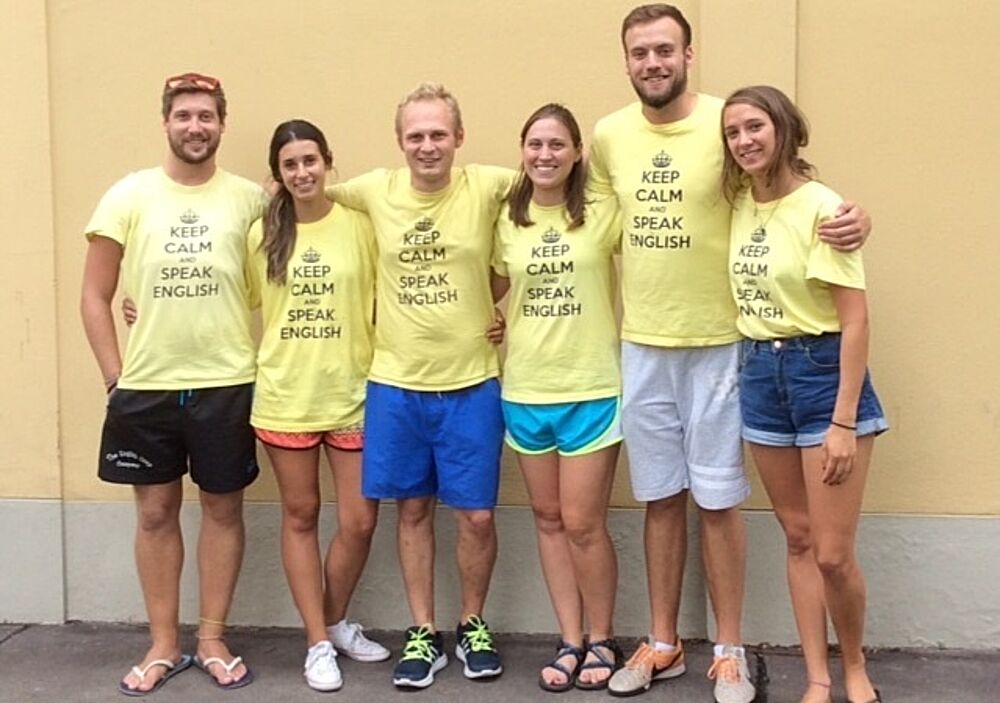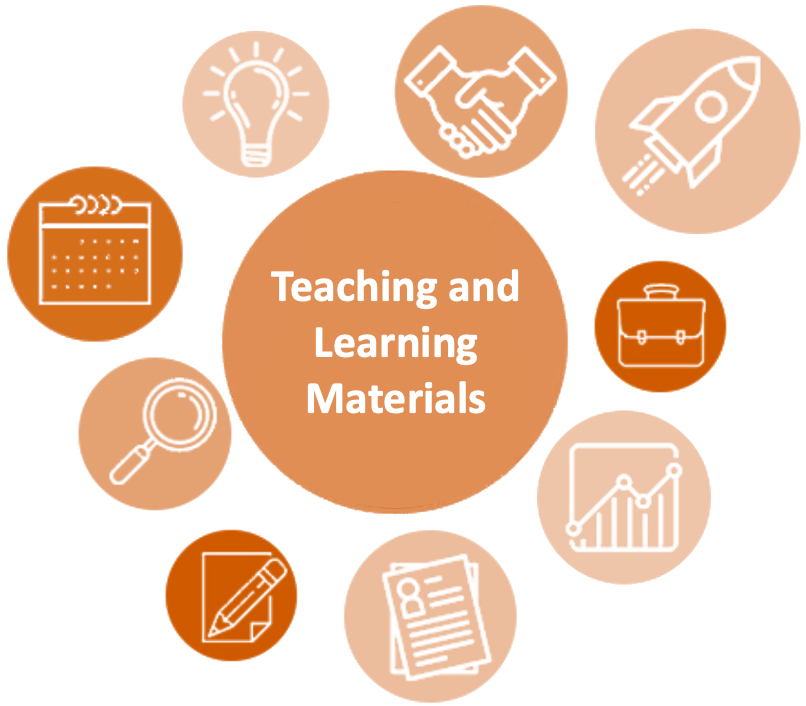Free Info On Choosing Italian Kindergarten Teaching Aids
Wiki Article
What Educational And Information Materials Do Primary And Kindergarten Schools Do They Require?
Many kindergartens or primary schools require a variety of informational, educational and other resources to aid their students in their learning and development. Materials such as Curriculum materials can be used to support learning objectives in the curriculum of schools. Other resources may be required, such as textbooks, lesson plan or workbooks, among others.
Classroom items. Materials like glue, paper, scissors, pencils and more art materials will aid young children in finishing their work.
Educational technology - In this digital age, technology for education like tablets and computers can give students more resources to aid in their learning.
Books – Primary and kindergartens need to provide a range books that are appropriate for the age group to encourage reading and language skills.
Play with puzzles, blocks or games for your child to develop their spatial awareness.
Visual aids. Charts and posters as well as charts and maps can assist children remember and master important concepts.
Music and Art Materials - Instruments, art materials such as clay paints or other materials can provide children with artistic avenues and help them express themselves.
Safety ResourcesIn order to protect the safety of students as well as employees, it is essential to carry safety equipment such as emergency procedure posters as well as first aid kits and fire extinguishers.
To provide a secure, engaging learning environment in elementary and kindergarten students It is essential to provide various educational and informational materials. See the recommended sostegno infanzia for more tips.

What Math Teaching Materials And Tools Are Recommended For Italian Nurseries
The use of maths teaching materials in Italian nurseries can help improve the numerical, spatial and problem solving abilities of infants and toddlers. Examples of materials that are recommended include: Counting manipulatives: Counting manipulatives, such as counting bears or blocks can help children improve their ability to count as well as fine motor skills and their hand-eye coordination.
Number cards, charts Cards and charts to teach your children to count and learn numbers. They can be colorful and large numbers that are displayed on the wall, or smaller cards children can manipulate.
Shape manipulatives Shape manipulatives like wood puzzles, magnetic tiles and pattern blocks can help children improve their spatial thinking abilities and gain knowledge about various shapes and their properties.
Measuring devices: Measuring devices such as rulers or measuring tapes, as along with scales can help your child learn about comparisons and also develop their mathematical vocabulary.
Simple puzzles and games: Simple puzzles and games like dominoes, matching games, and jigsaw puzzles can aid in the development of children's problem-solving skills and also their focus and attention to detail.
Technology-based tools: Tools like tablets with educational math applications and other games can be used to entertain children and provide additional resources to help them learn.
The materials must be used in a manner that's suitable for children's development and is suitable for children who are just starting out. These materials can be used by teachers and caregivers to create interactive and engaging math-related activities for children to stimulate their curiosity and passion for education. See the recommended materiale didattico matematica sostegno for website examples.

What Are The Recommended Science Cards For Italian Nursery Schools?
Science didactic cards could be an an effective tool to introduce youngsters to the basics of science at Italian elementary schools. Listed below are some examples of scientific-based educational cards. They may include pictures of animals, their environments and other components to help improve the learning experience.
Plant cards: The card can be used to teach youngsters about the traits of different species of plants. They could feature pictures of plants and their growth stages to make learning more enjoyable.
Weather cards. These cards are a great way to teach children how weather affects the world around them and also different types of. They can include pictures of various weather conditions such as clouds, sun, rain and snow.
Space cards: Space cards can help children learn about the solar system and the different planets. These cards may include illustrations of planets, each with its own unique features.
Human Body Cards: These cards assist youngsters to understand the various organs of their bodies and how they work. They could include illustrations of organs and parts of the body.
Select science-based didactic cards for children that are engaging, interactive and suitable for their age. These cards are ideal for parents and teachers who want to engage children with fun science activities. They can also inspire them to be curious and enthusiastic about the world. View the recommended schede didattiche scienze for site advice.

What Are The Best Materials To Teach Geography In Italian Schools?
Italian nurseries may use geography teaching materials to educate children on diverse cultures and the different settings. Here are some examples of potential geography teaching tools Maps. Maps can be used to help students understand geography, and also the geographic features of various countries and regions.
Globes. Globes will aid your child in understanding the Earth's surface. They will also be able to learn more about the continents.
Videos and images: Pictures and videos of different locations and people from all over the world can help kids understand the importance of the diversity of cultures and ways of living.
Books Age-appropriate books and feature cultures and places from around the world can inspire children to develop a curiosity for geography.
Natural substances. Shells, rocks, and plants aid children in understanding different environments and eco-systems.
Field excursions: Field trips to local parks, zoos, and museums provide kids with activities that are hands-on and allow them to study geography in a a real-world context.
It is vital to choose geography materials that are suitable for both a child's and a parent's age. These materials can be used by teachers and caregivers to develop interactive and enjoyable geography lessons. This will encourage children's curiosity about the world and their passion for learning.
